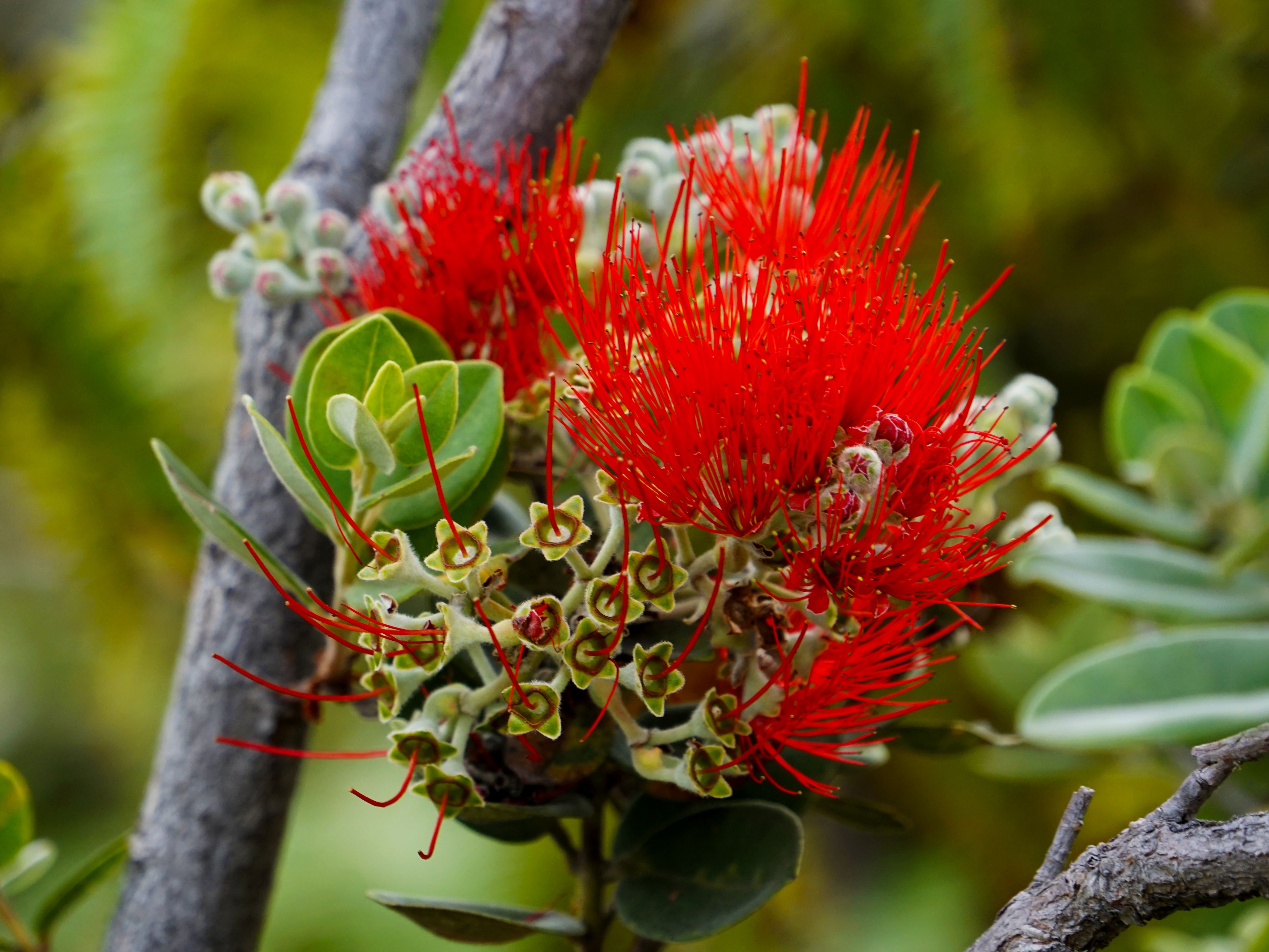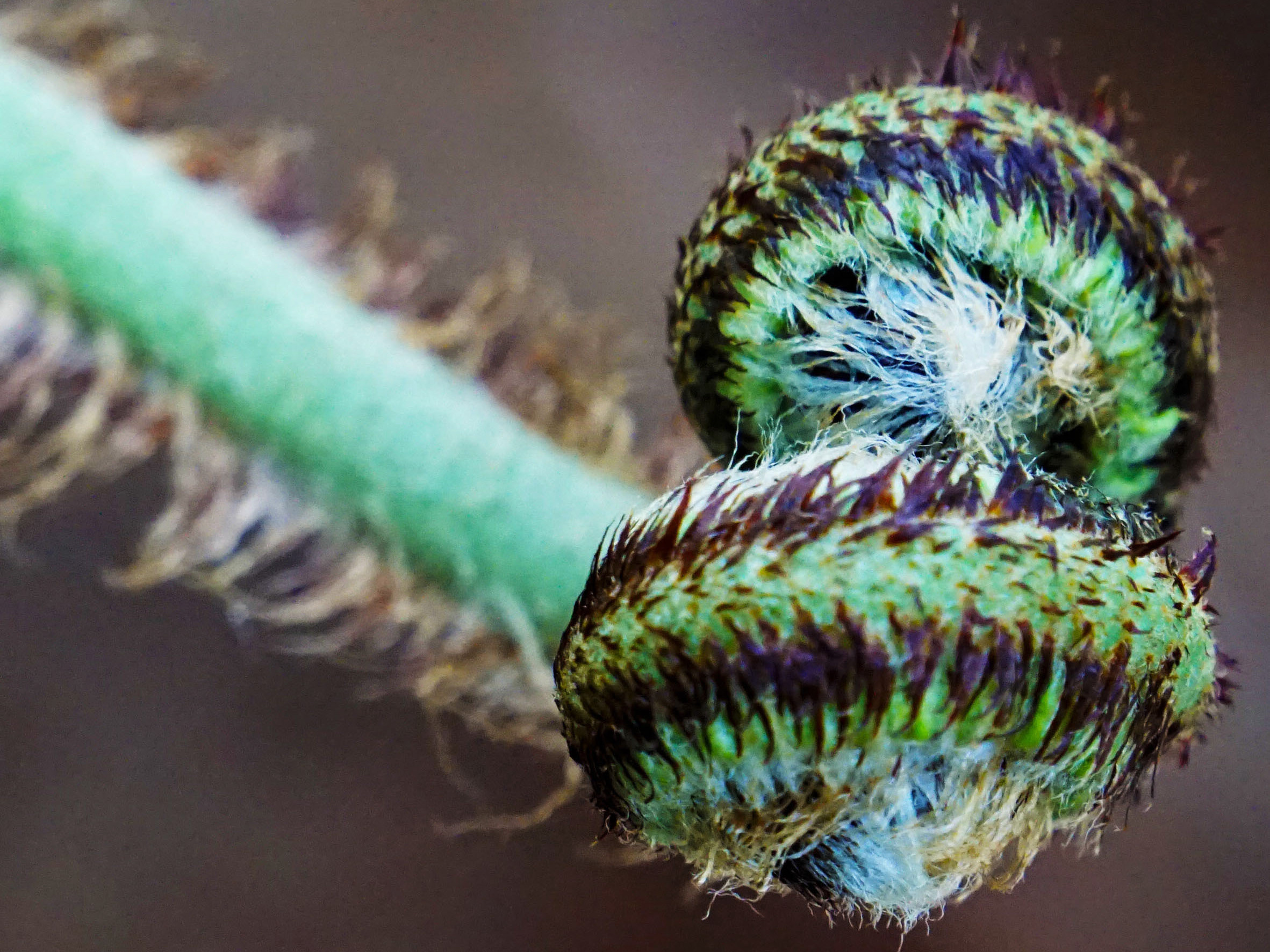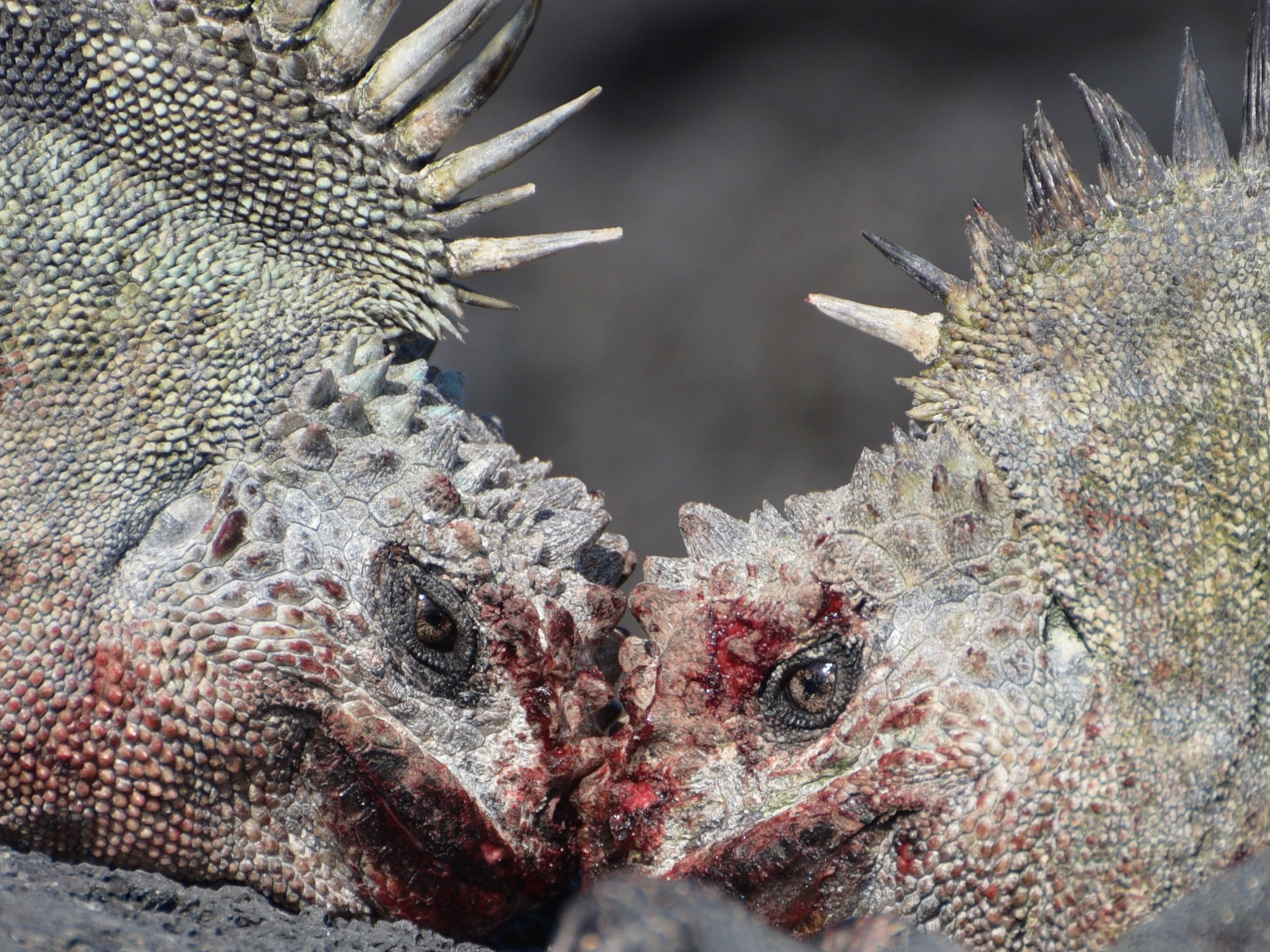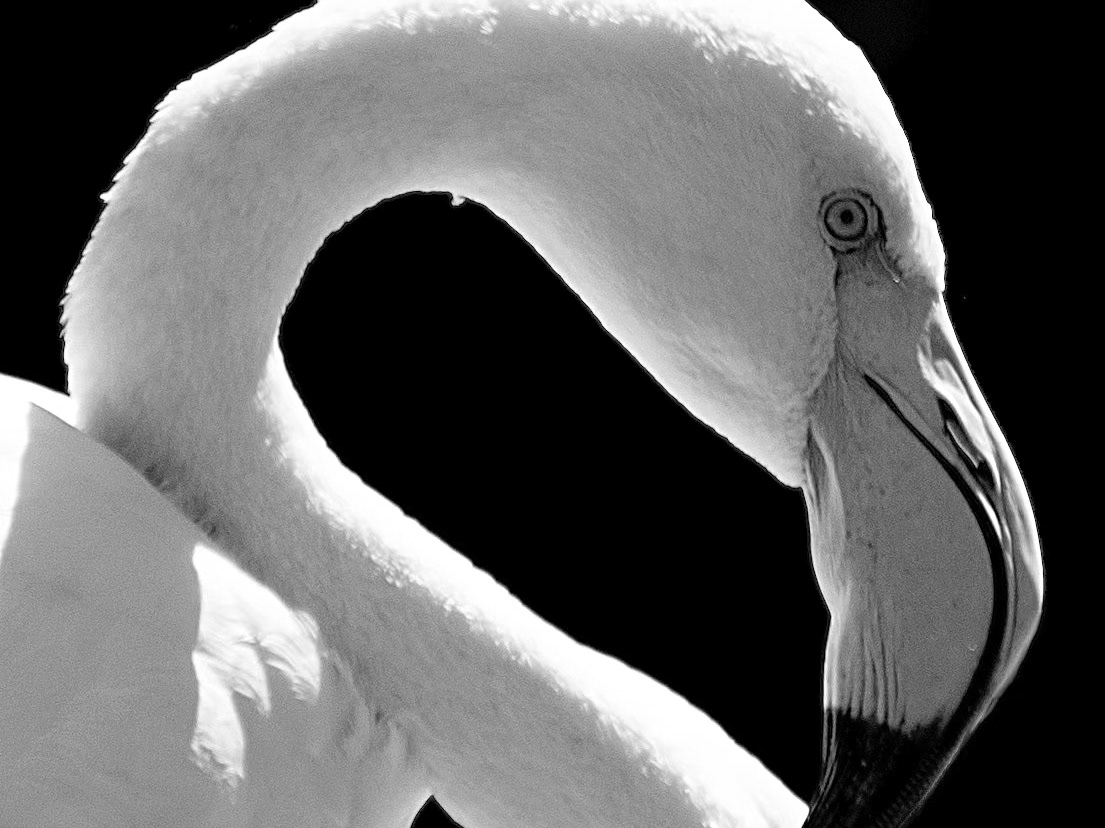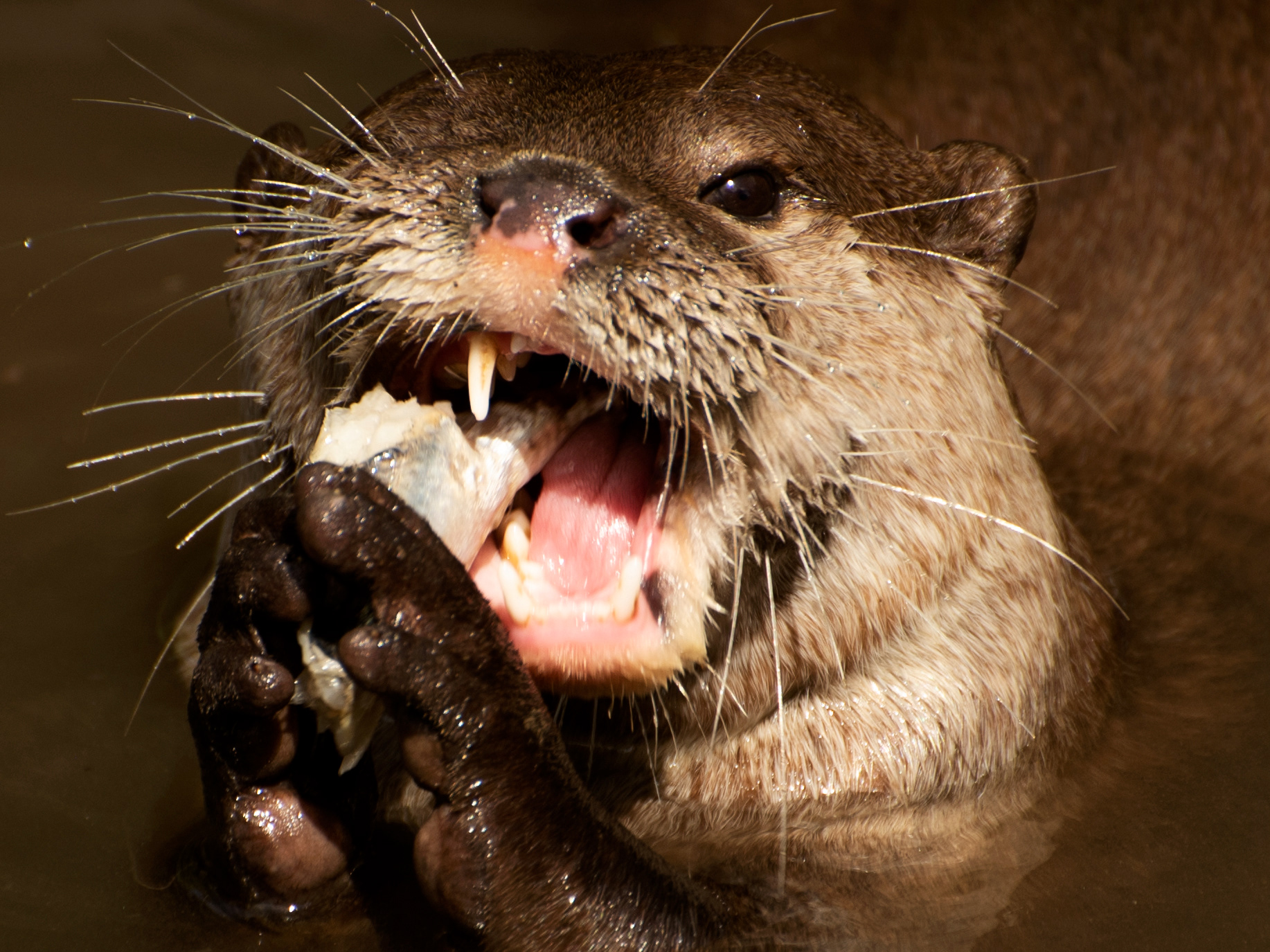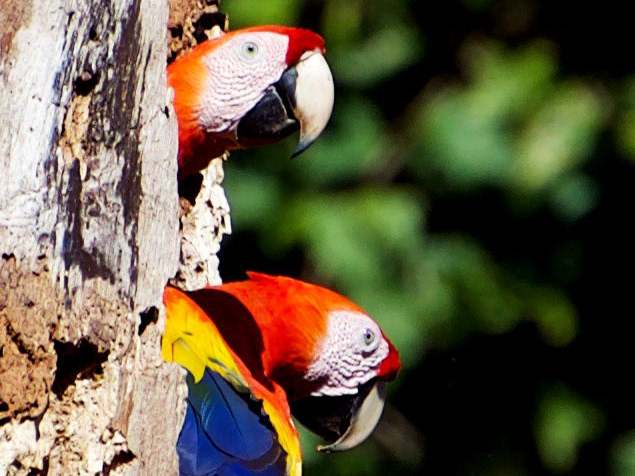Common Name: Galápagos giant tortoise; Galápagos tortoise
Scientific Name: Chelonoidis
Animal Facts
Galápagos giant tortoises (Chelonoidis) are the largest living tortoise species and are some of the longest-lived vertebrates. These giants weigh up to 417 kg (919 lb) and live over 100 years in the wild. They are native to seven of the Galápagos Islands and vary morphologically depending on the humidity and elevation of each island. Two species of Galápagos giant tortoises are already extinct and the 13 extant species are at great risk.
Interaction with Humans
These tortoises have a complicated past with humans, who are their only known predator. The tortoise population decreased from 250,000 in the 16th century to around 3,000 in the 1970s. Threats to these species include overhunting for meat and oil, habitat destruction for agriculture, and the introduction of invasive species, namely rats, pigs, and goats. Breeding programs, such as the Giant Tortoise Restoration Initiative (GTRI), aim to restore tortoise populations across the Galápagos, including on islands where the tortoises went extinct. Additionally, GTRI investigates and manages the complex relationship between humans and tortoises in hopes of preventing future poaching of these magnificent creatures. Thanks to conservation efforts the tortoise population has recently exceeded 19,000 individuals!
Sources
• Caccone, A., Gibbs, J.P., Ketmaier, V., Suatoni, E., & Powell, J.R. (1999). Origin and evolutionary relationships of giant Galapagos tortoises. Proceedings of the National Academy of Sciences, 96(23), 13223–13228. https://doi.org/10.1073/pnas.96.23.13223
• Darwin | American Museum of Natural History. Retrieved from https://web.archive.org/web/20111221020223/http://www.amnh.org/exhibitions/darwin/cam/about.php
• Giant Tortoise Restoration Initiative. Galapagos Conservancy. Retrieved from https://www.galapagos.org/conservation/our-work/tortoise-restoration/
• Hoeck, H.N. (1984). Introduced fauna in Galápagos. Oxford, UK; Pergamon Press, 233–245.
• MacFarland, C.G., Villa, J., & Toro, B. (1974). The Galápagos Giant Tortoises (Geochelone elephantopus Part I: Status of the surviving populations. Biological Conservation, 6(2), 118–133. https://doi.org/10.1016/0006-3207(74)90024-X
• Swingland, I.R. (1989). Geochelone elephantopus Galapagos giant tortoises. The Conservation Biology of Tortoises.
• White M. (August 18, 2015). 2002: Largest Tortoise. Official Guinness World Records. Retrieved from guinnessworldrecords.com/news/60at60/2015/8/2002-largest-tortoise-392870


